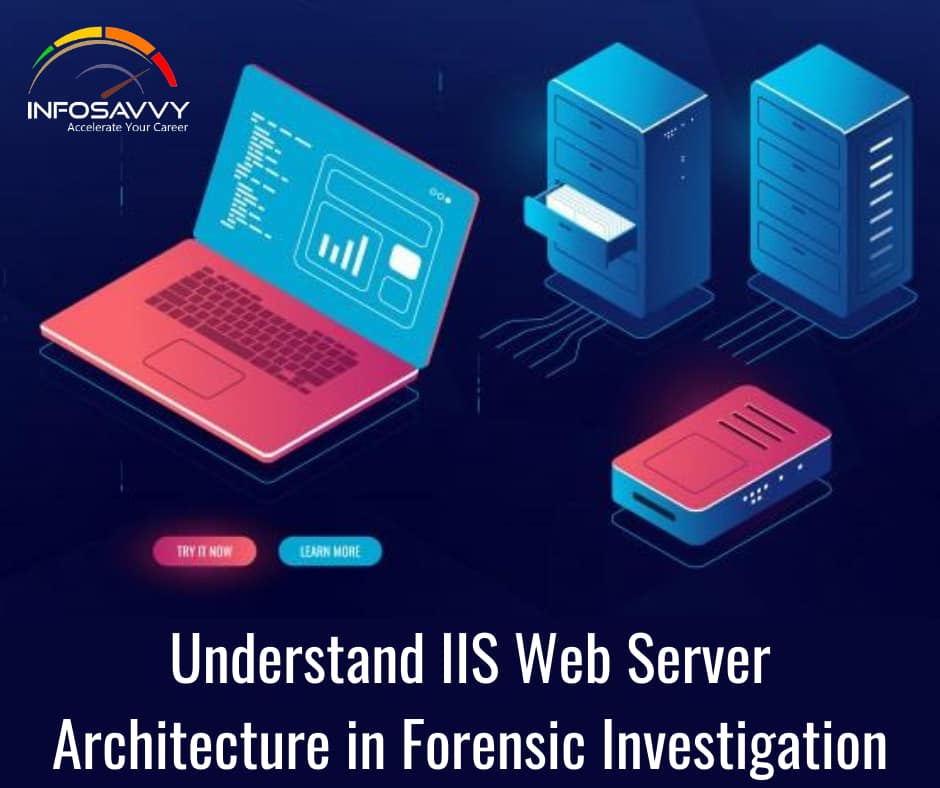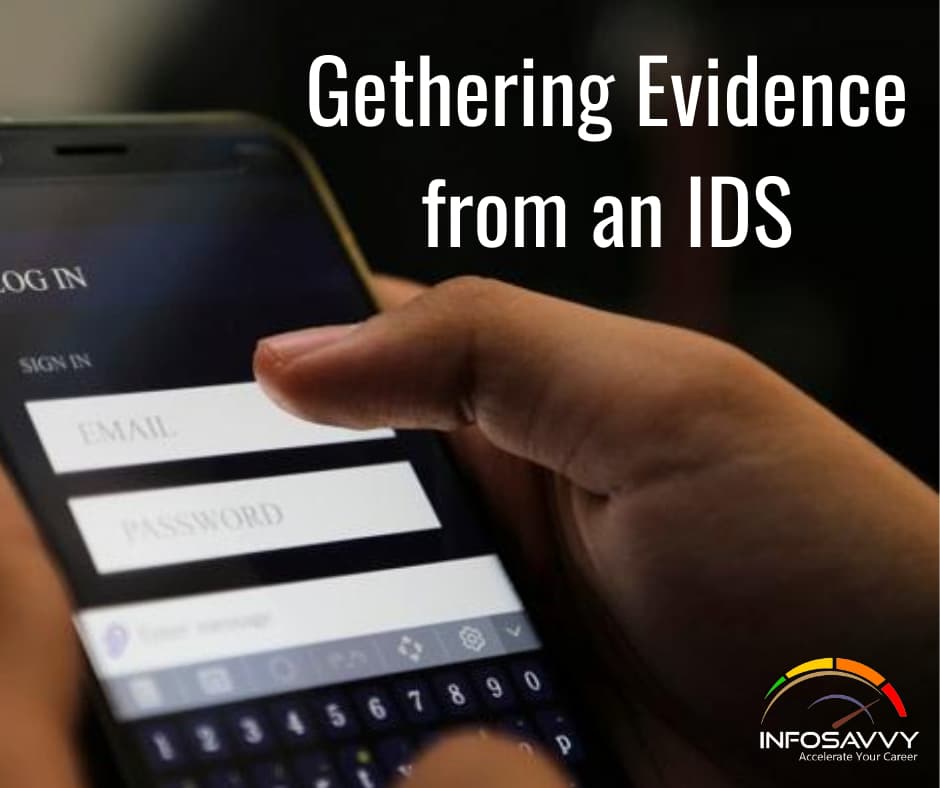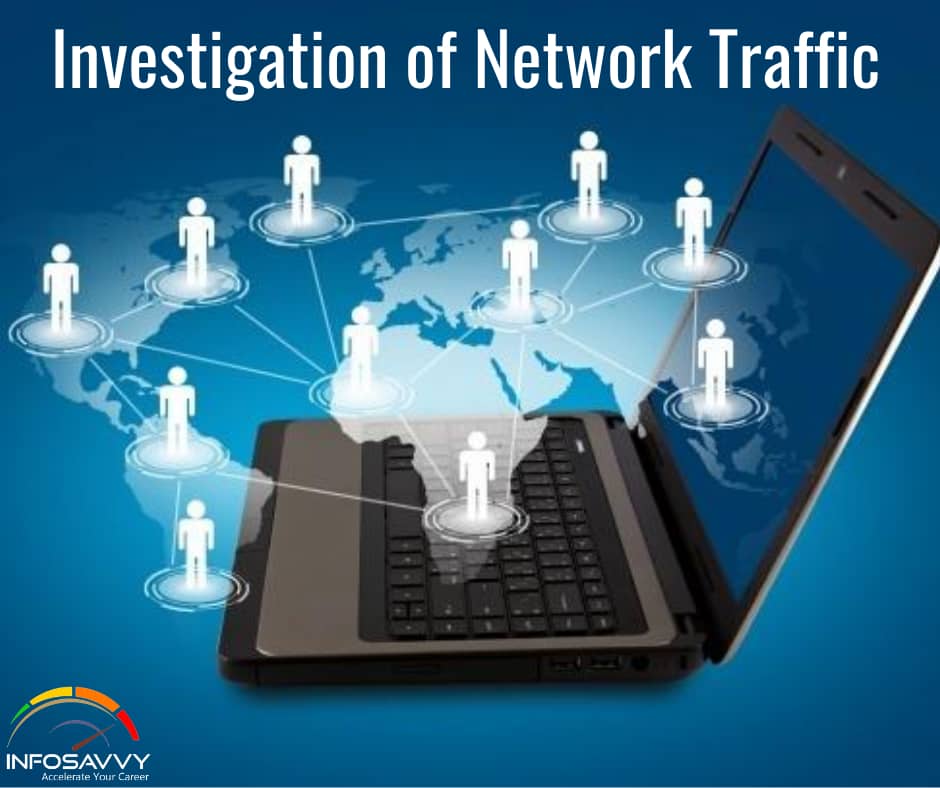Different Types of Web Log Analyzer
In this article explain Different Types of Web Log Analyzer which is used in forensic investigation. 1. Deep Log Analyzer The Deep Log Analyzer is a web analytics solution for small and medium size websites. It analyzes web site visitors’ behavior and gets the complete website usage statistics in easy steps. Features: It provides website statistics and web analytics reports presentation with interactive navigation and hierarchical view It analyzes logs from popular web servers, such …












